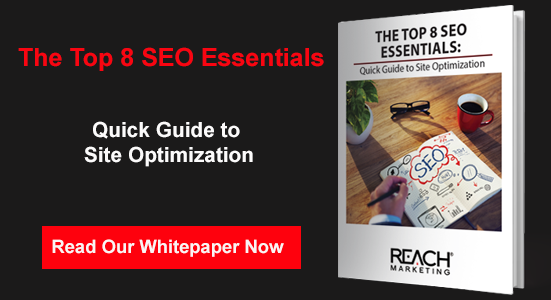With more than 1.2 trillion searches last year, Google’s in no danger of being toppled from its position as king of the search engine hill. It’s used so often that it’s become a verb – “Google it!” – and it unquestionably drives SEO standards and practices. It isn’t the only search engine people use, though, and evidence suggests that it isn’t used evenly throughout the country. While all search engines look for similar traits when ranking sites, it can pay off if you tailor your SEO strategy to make an impact on other engines, too.
The other two contenders, although their silver and bronze platforms are well below Google’s gold, still account for billions of searches each week. Bing is in second place with an 8.3 percent market share nationwide and 4 billion searches per week; Yahoo isn’t far behind with about 7.7 percent, and Ask Network and AOL still answer millions of queries. Bing in particular has come on strong; once well behind Yahoo and about on par with AOL, it’s now a relatively strong second and is gaining ground, albeit slowly.
Obviously, with about 80 percent of the market belonging to Google, it still makes sense to aim your SEO strategy at satisfying it. Take a look, though, at some of the data for who’s using Yahoo and Bing, and you may see some of your best customers looking back at you. In the north central states from Idaho to Minnesota, Bing commands as much as a 15 percent market share. Yahoo has a larger piece of the country’s mid-section from the Gulf of Mexico to the Great Lakes, particularly in Arkansas and Oklahoma where it claims almost 12 percent of the search market.
In many regards, optimizing for Bing, Yahoo and all other search engines is equivalent to optimizing for Google. All of these sites appreciate information-rich content, appropriate use of keywords and a solid linking strategy. There are some ways you can raise your SEO profile with other search engines, though.
Bing and Yahoo share some important distinguishing characteristics:
– Both search engines lend more weight to the age of a domain. If you have multiple landing pages and feeder sites for your main site, prioritize new content on your most long-lived domain name first.
– Tags, titles and image captions mean more to the other search engines than they do to Google, although Google still takes note of them. Label your pages, tag images and incorporate keywords naturally in these areas.
– Other search engines prioritize large sites. Google doesn’t appear to weigh the size of a site one way or the other past a certain point. While you don’t want to have a single page with 200 words of content, you aren’t significantly increasing your Google status by going from four to eight pages. You might, however, gain traction with the other search engines if the new pages have useful content.
– All three search engines approve of authoritative back-links, but Bing and Yahoo seem to give them more weight than Google. Sites with .gov, .edu or .org extensions are juicier back-links than .com sites, but large .com sites are preferable to small .coms.
– Yahoo and Bing closely correlate keywords in the title and URL of the page when deciding which sites to prioritize on the results page. These sites prefer to have matching accessories – meta titles, URLs, tags, alt text for images and other markers – whereas Google lends less weight to identical matches in favor of semantic matching.
© Reach Marketing LLC 2013 All Rights Reserved.






